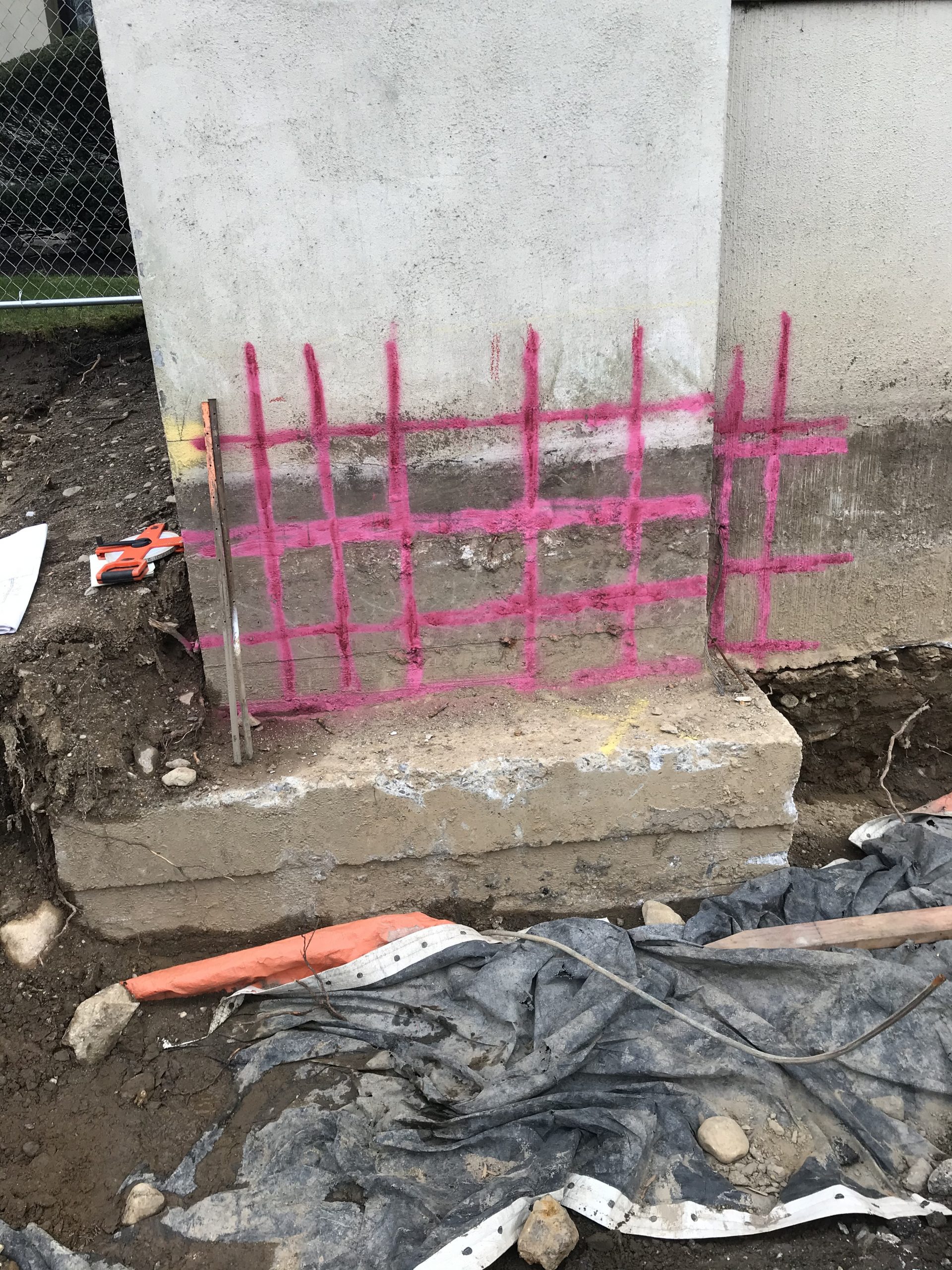Concrete Scanning: An Essential Step In The Direction Of Making Certain Architectural Honesty and Safety
In the realm of building and construction and facilities upkeep, the importance of concrete scanning can not be overemphasized. By utilizing sophisticated modern technology and methods, concrete scanning offers as a crucial device in guaranteeing that the honesty and safety of bridges and structures are supported to the greatest criteria.
Significance of Concrete Scanning
Concrete scanning plays an essential duty in guaranteeing the structural honesty and safety of structures and infrastructure tasks. By utilizing sophisticated innovations such as ground-penetrating radar (GPR) and electromagnetic induction, experts can non-destructively check concrete frameworks to spot potential flaws, gaps, embedded objects, and support layout. This process allows very early discovery of anomalies that can endanger the security of a framework, preventing costly damages and guaranteeing the security of passengers.
Concrete scanning is particularly crucial throughout the preparation and building and construction stages of a task. Before exploration, reducing, or coring right into concrete, scanning assists recognize the specific areas of rebar, post-tension cords, and other ingrained aspects, minimizing the danger of unexpected hits that could cause structural weaknesses. Additionally, concrete scanning help in quality assurance by validating the density of concrete covers and spotting any discrepancies that might impact the overall longevity of the structure. Inevitably, spending in concrete scanning services is not only an aggressive action to minimize dangers but likewise an essential step in the direction of keeping the long-lasting safety and stability of structures and facilities.
Modern Technology for Concrete Examination

Advantages of Very Early Discovery
Prompt discovery of architectural problems can dramatically minimize risks and guarantee the long life of building and construction tasks. By determining prospective problems at an early stage in the building process, stakeholders can take aggressive actions to resolve problems before they escalate into larger and more pricey troubles. One of the essential benefits of very early detection is the avoidance of structural failures, which can pose serious security hazards and lead to job hold-ups and financial losses.
Moreover, very early detection permits timely fixings and maintenance, which can help expand the life expectancy of the structure. By resolving concerns immediately, building teams can prevent expensive repairs or also the requirement for early substitute of structural elements. This proactive technique not only conserves money and time but additionally improves the overall safety and security and resilience of the construction task.
Furthermore, very early discovery can improve task planning and decision-making by offering stakeholders with important understandings into the problem of the structure. Armed with this details, job supervisors can make informed options relating to building timelines, methods, and materials, bring about much more effective and effective task outcomes.
Making Sure Architectural Stability
Ensuring the structural security of a building project is paramount to its safety and durability. Architectural stability refers to the capacity of a structure or facilities to keep its form and function under various lots and ecological problems. To attain this, comprehensive evaluation and tracking of the structure are crucial. Concrete scanning plays an important function in making sure architectural stability by discovering possible concerns such as gaps, delamination, or support deterioration that can compromise the integrity of the structure over time.
By utilizing advanced scanning technologies like ground-penetrating radar (GPR) and electro-magnetic induction, building specialists can non-invasively evaluate concrete structures to identify use this link areas of issue below the surface area. This positive method enables the very early discovery of weak points or flaws, making it possible for timely repairs or support to stop structural failings.
Routine concrete scanning during various building and construction phases and throughout the life cycle of a structure can aid preserve its security, reduce dangers, and guarantee the safety and security of passengers. By focusing on structural security via concrete scanning, construction tasks can enhance their strength and resilience, inevitably adding to greater security and long life.
Avoiding Vital Failures
Executing regular examinations, such as concrete scanning, can disclose surprise defects like voids, cracks, or rust that might jeopardize the stability of a structure. By using innovative scanning technologies like Ground Passing through Radar (GPR) or Concrete X-ray, designers can non-destructively analyze the problem of concrete and identify weak factors that need reinforcement or repair work.

Final Thought
In final thought, concrete scanning plays a crucial function in making sure structural stability and safety by utilizing sophisticated technology for early discovery of possible problems. This proactive method assists avoid crucial failures and makes certain the security of structures. It is important to prioritize concrete inspection as a standard technique to shield the long life and security of buildings and framework.
Concrete scanning plays a crucial duty in guaranteeing the structural honesty and security of buildings and framework projects. Furthermore, concrete scanning aids in top quality control by confirming the density of concrete covers and finding any disparities that may affect the overall longevity of the framework. Concrete scanning plays an important role in making certain structural security by spotting possible issues such as gaps, delamination, or reinforcement deterioration that could jeopardize the integrity of the structure over time.

In final thought, concrete scanning plays an important function in guaranteeing structural integrity and safety by making use of innovative innovation for early detection of possible concerns.